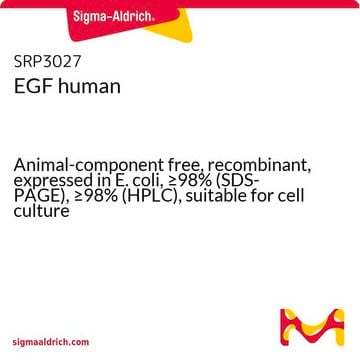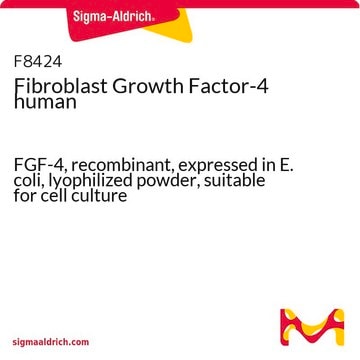Transportation information can be found in Section 14 of the product's (M)SDS.To access the shipping information for this material, use the link on the product detail page for the product.
H1138
Horse Serum
Donor Herd, USA origin, Heat inactivated, sterile-filtered, suitable for cell culture
Synonym(s):
HS, equine sera, equine serum, horse sera, sera, serum
Select a Size
€60.70
Select a Size
About This Item
€60.70
Recommended Products
biological source
horse serum
Quality Level
sterility
sterile-filtered
composition
Hemoglobin, ≤20 mg/dL
origin
USA origin
technique(s)
cell culture | mammalian: suitable
impurities
≤10 EU/mL Endotoxin
shipped in
dry ice
storage temp.
−20°C
Looking for similar products? Visit Product Comparison Guide
Application
- as a media supplement in the differentiation medium to culture the pheochromocytoma (PC12) cells
- in immunocytochemistry and immunohistichemistry
- to study the therapeutic effect of serum treatment on cardiomyocyte viability
Preparation Note
Prepared by heating at 56 °C for 30 minutes.
Storage Class Code
10 - Combustible liquids
WGK
WGK 3
Flash Point(F)
Not applicable
Flash Point(C)
Not applicable
Personal Protective Equipment
Choose from one of the most recent versions:
Already Own This Product?
Find documentation for the products that you have recently purchased in the Document Library.
Customers Also Viewed
Articles
Find answers to frequently asked questions (FAQs) about FBS and other serum products, and links to related products.
Protocols
How to stain organoids? A complete step-by-step protocol for immunofluorescent (IF) and immunocytochemical (ICC) staining of organoid cultures using antibodies
-
What is the Department of Transportation shipping information for this product?
1 answer-
Helpful?
-
-
Why is serum Heat-Inactivated (HI)?
1 answer-
Heat inactivation of serum is performed to inactivate complement (which can cause cell lysis or downstream problems in immunoassays). If there are immunoglobulins present in the serum that can bind to the cells in culture (either specifically or non-specifically), there is a chance for antibody-mediated complement cytotoxicity (ADCC, causing cell death). It may also reduce the titer of some mycoplasma and some viruses. Often, heat-inactivated serum is used because of the adoption of a previous protocol. It is mainly used when culturing hematopoetic cells or performing immunological type assays such as mixed-lymphocyte reactions or neutralization assays.FBS may not be heat inactivated as this is not required for all applications. It limits the loss of the other protein activity that may be minimally present in the serum.A protocol for heat inactivation:1. Allow serum containers to come to room temperature. Swirl bottles of serum immediately before adding to the water bath.2. A water-filled control bottles (T1) should be placed in a 56 °C water bath. Place the containers in the water bath up to the serum line. Do not completely submerge the containers. When the temperature of T1 reaches 56 °C, start the timer set for 30 minutes. Do not allow temperatures to exceed 56 °C. Higher temperatures will denature the proteins, gel the serum or alter the performance of the serum.3. Gently swirl the bottles every 5 to 10 minutes while in the water bath and check the temperature in the control bottle. It is not uncommon for plastic containers to bow slightly after heat treatment. This is not harmful to the serum.4. At the end of 30 minutes remove the serum bottles from the water bath. Aliquot the serum into smaller volumes and freeze. Sigma-Aldrich does not recommend repeated thaw-freeze cycles.
Helpful?
-
Active Filters
Our team of scientists has experience in all areas of research including Life Science, Material Science, Chemical Synthesis, Chromatography, Analytical and many others.
Contact Technical Service









